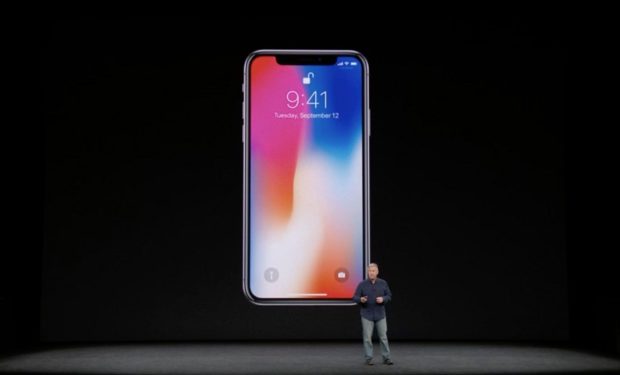That “O” in OLED stands for organic, but listen up Kale lovers, this organic is different. (The LED, btw, stands for light emitting diode.) The OLED v. LED debate isn’t a big one, because these two systems of delivering light are really galaxies apart. In trying to distinguish between the two for buyers of TVs, Apple rival Amazon has an excellent explainer here. The difference between OLED and LED all comes down to the blacks, basically, and energy efficiency.
OLED “screens can produce vibrant colors by drawing on electrical current, and don’t need active current at all to produce a true black color. This means thinner sets, better blacks, and lower energy consumption.” OLED screens can generate their own light, unlike LED and LCD technology. OLED doesn’t require extra lighting sources produced by active current to produce true black. As Amazon explains, “OLED TVs can individually turn off the parts of the screen that are supposed to be black, leaving very vibrant colors in contrast.” Apple’s new iPhone X or iPhone 10 should pop.
